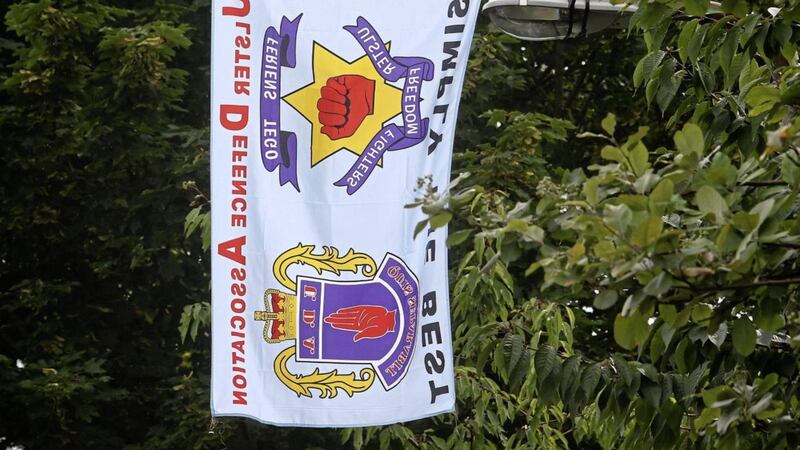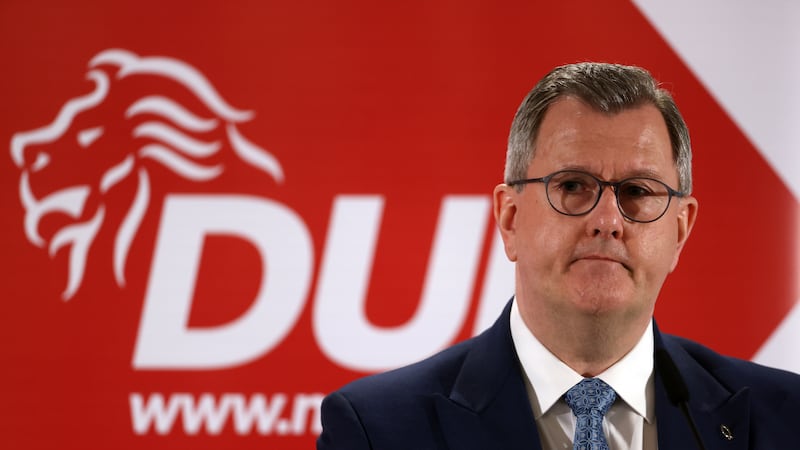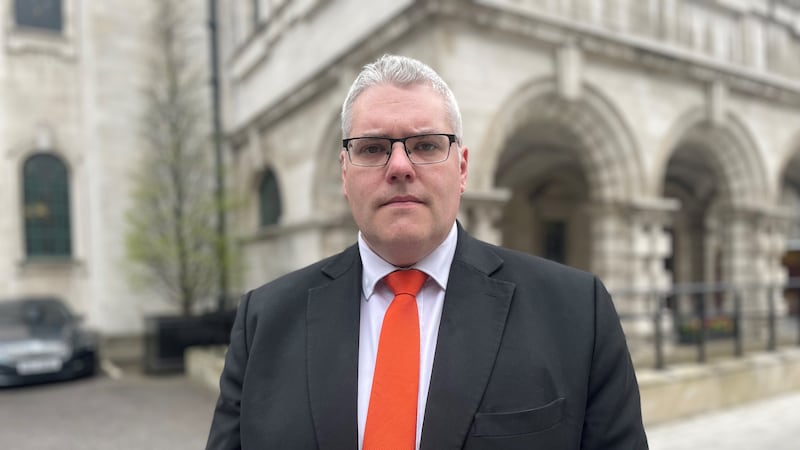Mid and East Antrim council was formed as a result of an amalgamation of Carrick, Larne and Ballymena council areas.
It came into existence after years of deadlock regarding the reform of local government. The expert, independent advice had recommended abandoning the ridiculous situation where the north was divided up into 26 local district councils and instead proposed to reduce them to just seven councils to maximise efficiencies for a Northern Ireland population well below two million persons.
Yet the very idea appalled the DUP who foresaw the result as being three majority nationalist councils, three majority unionist councils and a Belfast city council long lost to a coalition of others. A party insistent upon the retention of the entirely symbolic distinction between the first and deputy first minister titles simply could not entertain the notion of being reduced to controlling less than half of Northern Ireland’s new councils. So they held out until Sinn Féin caved and agreed to expand the number of councils to eleven, leaving us with a few extra overwhelmingly unionist councils on which unionist politicians pretend that Ulster remains as British as Finchley.
The conduct of unionist councillors has for long been a source of amusement. Sinn Féin’s Máirtín Ó Muilleoir penned an entire book that detailed the antics of Belfast’s unionists who vainly tried to fight off equality’s advance in the city, and who can forget the decision of Larne councillors to erect a monstrous eight metre metal crown on a roundabout in 2012 to honour Their Majesty’s Diamond Jubilee? The absence of planning permission was not entertained as a reason to slow the rush to prove fidelity to she who reigns over us. The SDLP’s Declan O’Loan politely described it as “a piece of kitsch” at the time, yet still it stands as a fitting monument to unionism’s unrequited love for our neighbouring island.
When the new councils finally came into being, the rotation of civic posts, including mayor and deputy mayor, had to be written into law to compel unionists to accept this albeit limited nod to power-sharing within their fiefdoms. This contrasted with the practice on majority nationalist councils, much quicker to embrace power-sharing over preceding decades, acknowledging the importance of sending a message of inclusivity both to the local minority community and to their own supporters.
The unionist-dominated Ballymena council did not even see fit to elect a nationalist as mayor until 2012, yet a DUP politician who blamed Hurricane Katrina on gay people served as mayor of the borough for no fewer than three years in the final phase of its existence.
Mid and East Antrim’s unionist councillors have excelled at proving their dinosaur credentials. This is the council which saw fit to spend £1,500 of ratepayers’ money taking a dinner table at a DUP constituency event for Ian Paisley Junior at which Michael Gove appeared as special guest in 2017.
Across the region, from Carrick to Larne and on to Ballymena, the presence of loyalist flags from lamp posts and other locations is ubiquitous for most months of the year, and loyalist murals and memorials continue to be dotted across the region.
Yet what has most vexed the unionist majority on council over recent years has been the construction, without planning permission, of a modest 1916 Rising memorial in the overwhelmingly nationalist village of Carnlough.
Four years ago, unionist councillors instructed contractors to destroy the memorial in the middle of the night, and recently they have been demanding the removal of a solitary Irish tricolour flown at the spot where the memorial previously stood.
Why is this important?
A recurring theme in our politics is that unionist leaders struggle to sell compromise to their grassroots. ‘Fear’ gets recklessly bandied about as an excuse for what more often than not is simply naked prejudice and outright hostility to the notion of recognising and accepting the equal legitimacy of differing identities, cultures, narratives of the past and visions for the future.
Attitudes to the Irish language, GAA, same sex marriage and the place of other minority groups in our changing society are, in a significant manner, shaped by actions undertaken and words uttered by political leaders over many years and at every level. Sinn Féin politicians laying wreaths at British war memorials in November hardly raises an eyebrow today, whilst loyalists continue to march in their thousands through the centres of Derry, Newry and many other predominantly nationalist towns precisely because nationalism has long understood the importance of demonstrating a commitment to the sharing of this land.
It remains beyond unionist leaders to realise that creating space for nationalists in places like Mid and East Antrim is critically important to educating their own base and ultimately helping to make their own job that bit easier in an age when the Orange card no longer has currency.









